Rising Healthcare Expenditure
The Hospital Stretcher Market is benefiting from the rising healthcare expenditure observed in various regions. Increased investment in healthcare infrastructure, particularly in developing economies, is leading to the expansion of hospitals and emergency services. This trend is reflected in the growing budgets allocated for medical equipment, including stretchers. Data suggests that healthcare spending is expected to rise by approximately 5% annually, driven by the need for improved healthcare access and quality. As healthcare facilities expand and modernize, the demand for high-quality, durable stretchers that can withstand increased usage is likely to grow. This rising expenditure indicates a positive outlook for the hospital stretcher market, as facilities seek to enhance their patient transport capabilities.
Aging Population and Chronic Diseases
The Hospital Stretcher Market is significantly influenced by the demographic shift towards an aging population. As individuals age, they often experience a higher prevalence of chronic diseases, which increases the need for hospital admissions and subsequent patient transport. Data indicates that by 2030, the number of individuals aged 65 and older is expected to reach 1.5 billion, creating a substantial demand for hospital services. This demographic trend necessitates the development of specialized stretchers that cater to the unique needs of elderly patients, including those with mobility challenges. Consequently, healthcare providers are likely to invest in advanced stretcher technologies that enhance patient comfort and safety during transport.
Increasing Demand for Emergency Services
The Hospital Stretcher Market is experiencing a notable surge in demand for emergency services. This trend is largely driven by the rising incidence of accidents and health emergencies, necessitating efficient patient transport solutions. According to recent data, emergency medical services are projected to grow at a compound annual growth rate of approximately 7.5% over the next few years. This growth is likely to increase the need for advanced stretchers that can accommodate various patient conditions, thereby enhancing the operational efficiency of healthcare facilities. As hospitals and emergency services strive to improve response times and patient outcomes, the demand for innovative stretcher designs that facilitate rapid and safe transport is expected to rise significantly.
Regulatory Compliance and Safety Standards
The Hospital Stretcher Market is significantly shaped by stringent regulatory compliance and safety standards imposed by health authorities. These regulations are designed to ensure that medical equipment, including stretchers, meets specific safety and performance criteria. Compliance with these standards is essential for healthcare facilities to maintain accreditation and avoid legal liabilities. As a result, manufacturers are compelled to innovate and enhance their stretcher designs to meet these evolving regulations. The emphasis on safety is likely to drive the development of stretchers that incorporate features such as anti-tip mechanisms and improved patient restraint systems. This focus on compliance not only enhances patient safety but also fosters trust in healthcare services.
Technological Innovations in Medical Equipment
The Hospital Stretcher Market is poised for growth due to ongoing technological innovations in medical equipment. The integration of smart technologies, such as automated lifting systems and real-time monitoring capabilities, is transforming traditional stretcher designs. These advancements not only improve the efficiency of patient transport but also enhance safety and comfort. For instance, stretchers equipped with weight sensors can provide critical data to healthcare professionals, allowing for better patient management. The market for smart medical devices is anticipated to expand, with projections indicating a growth rate of around 8% annually. This trend suggests that hospitals will increasingly adopt technologically advanced stretchers to improve operational workflows and patient care.


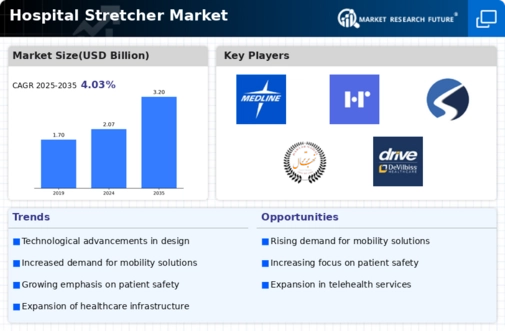

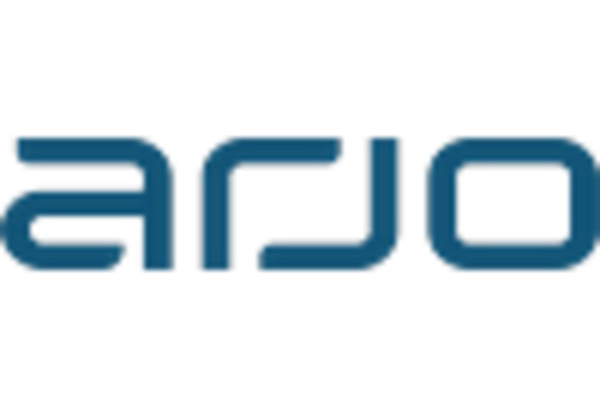
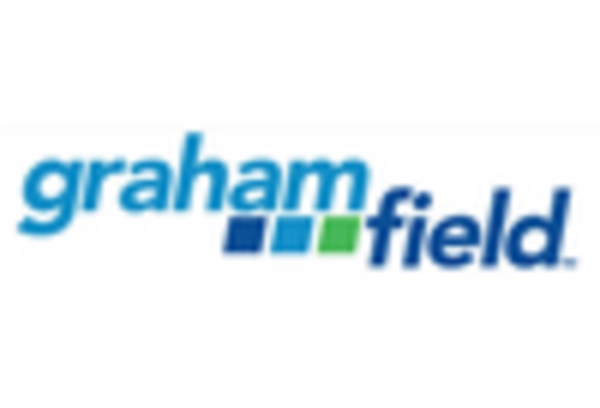
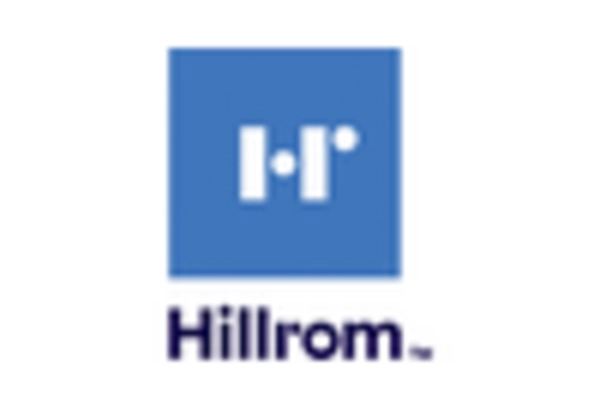

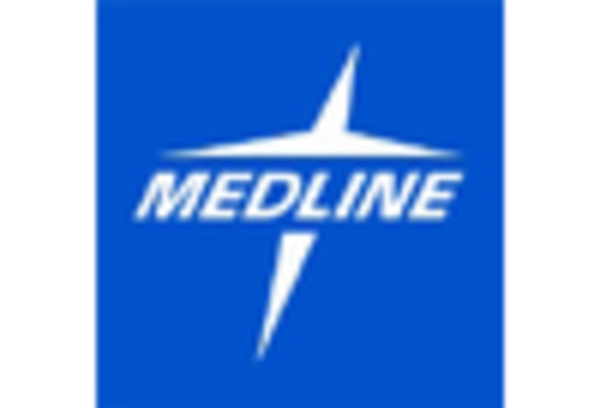









Leave a Comment